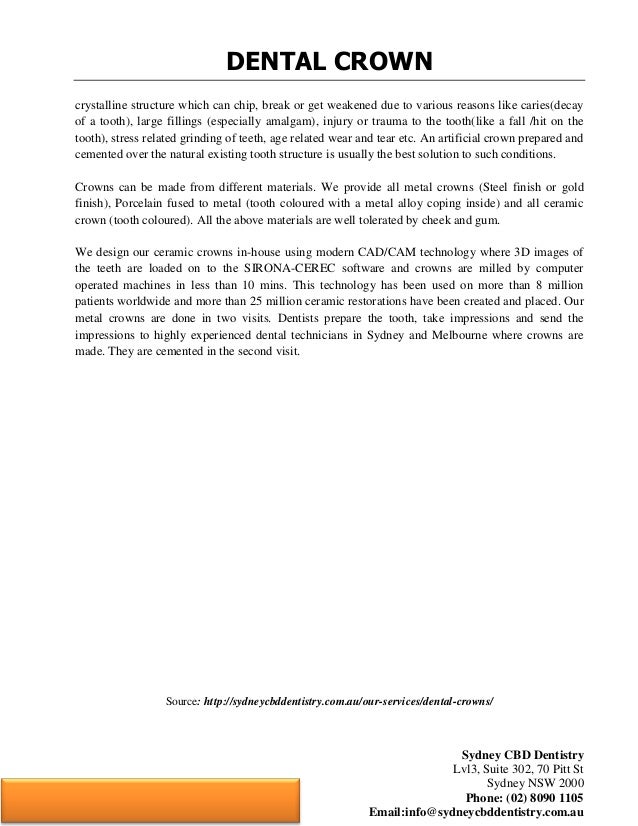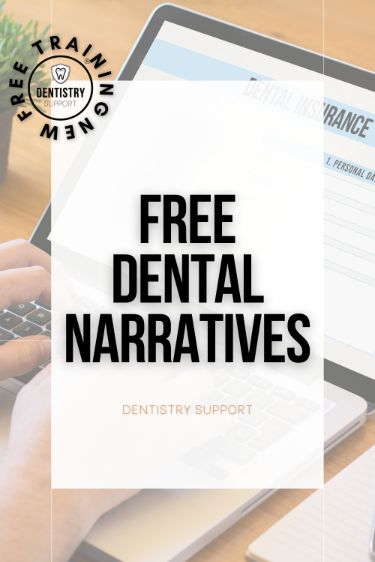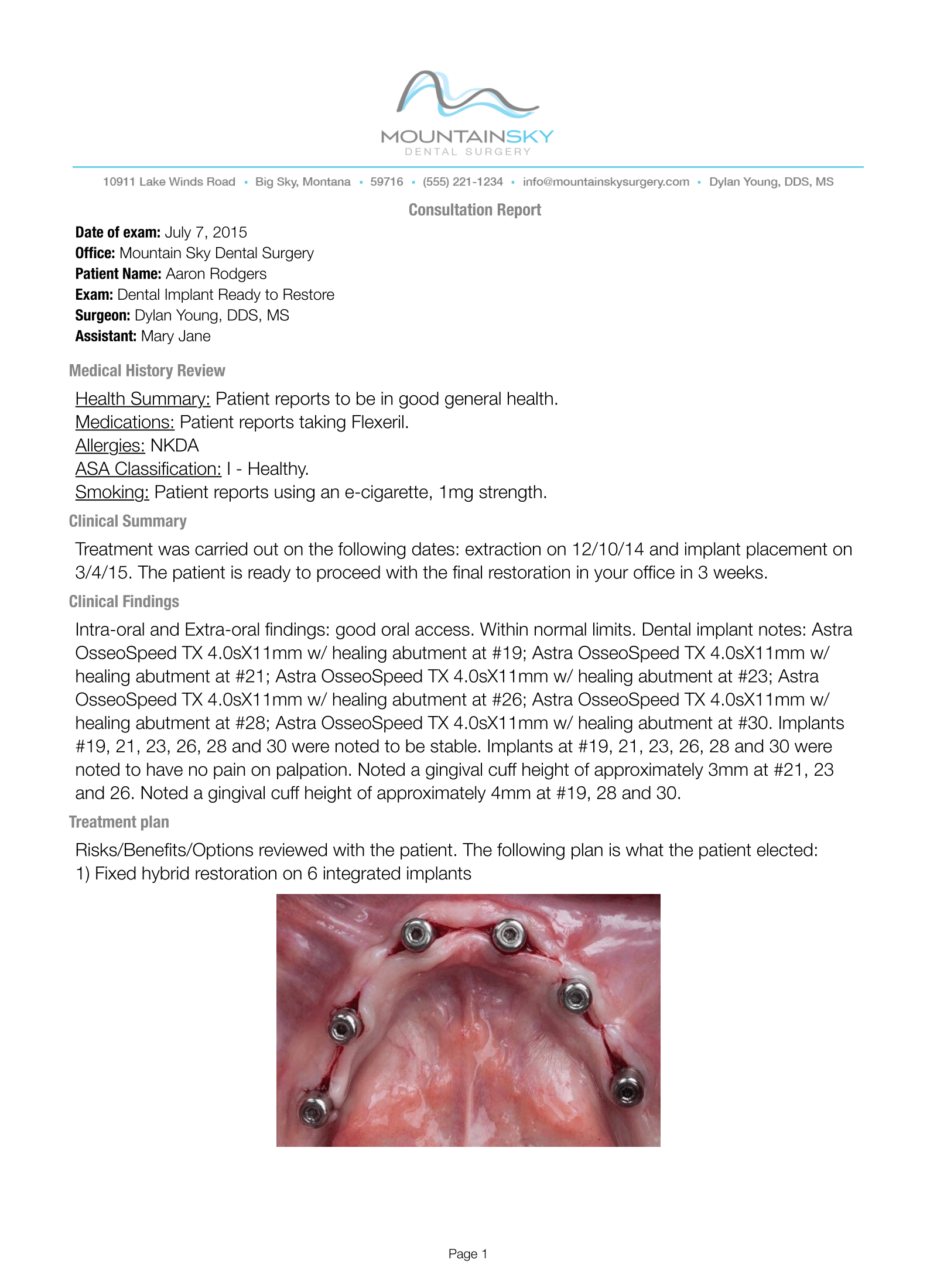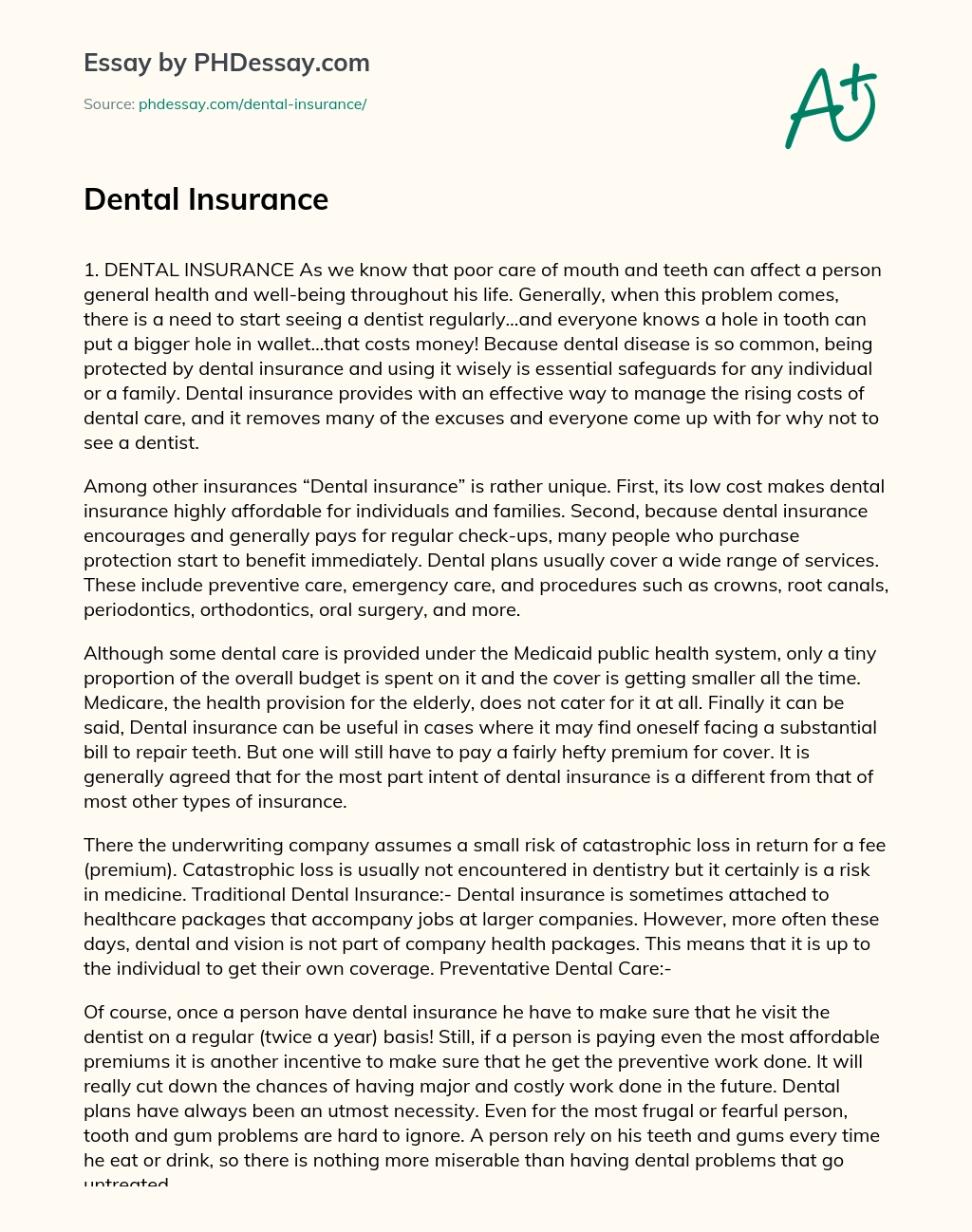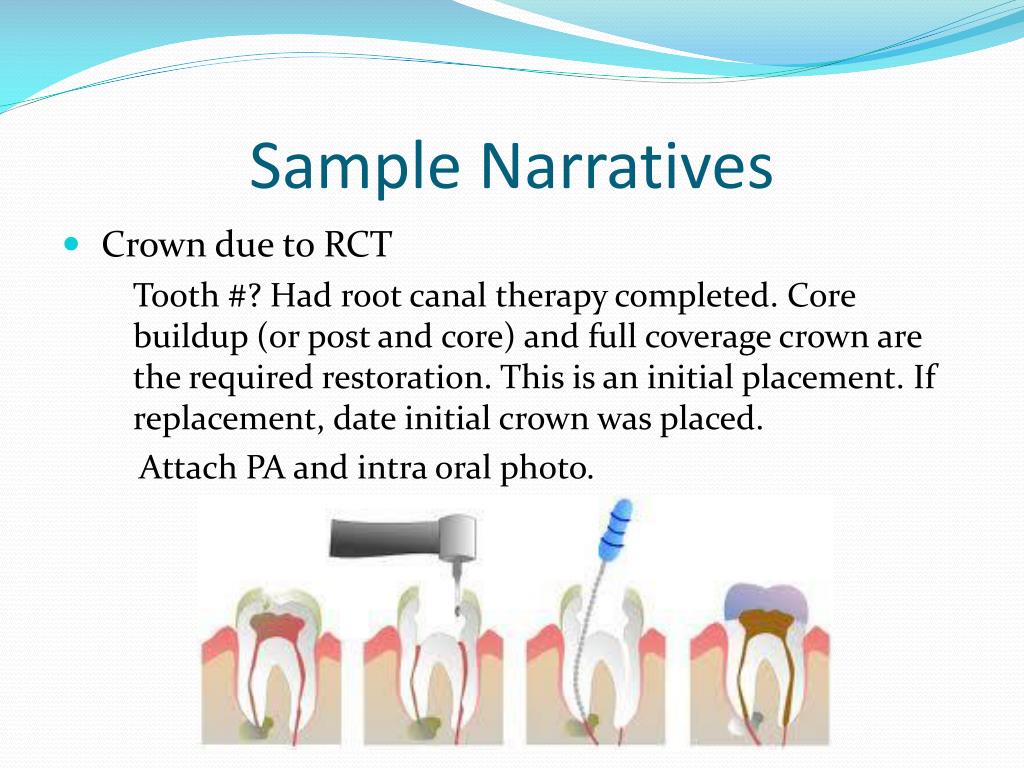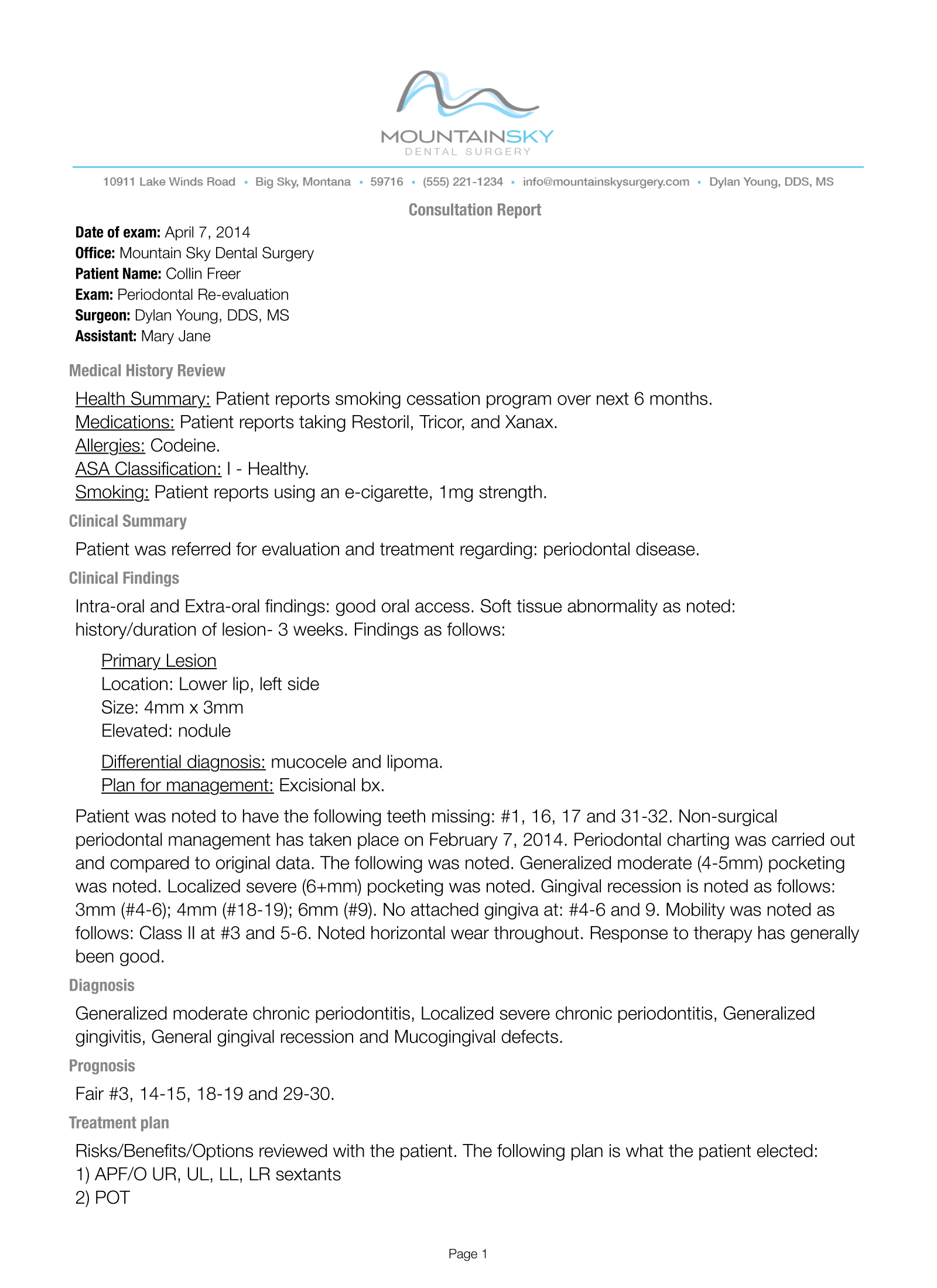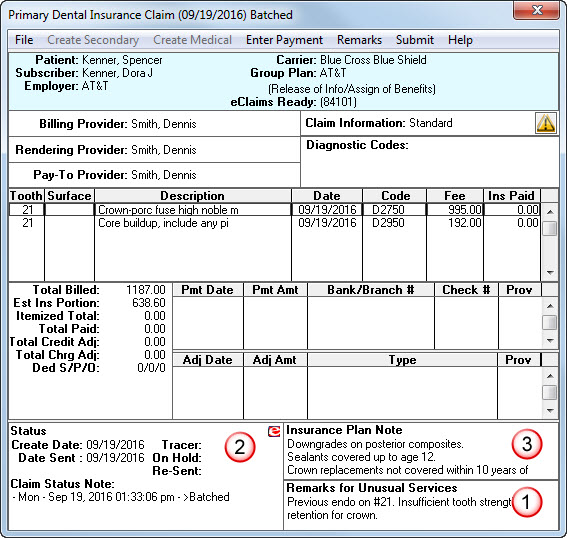Examples Of Dental Narratives For Insurance
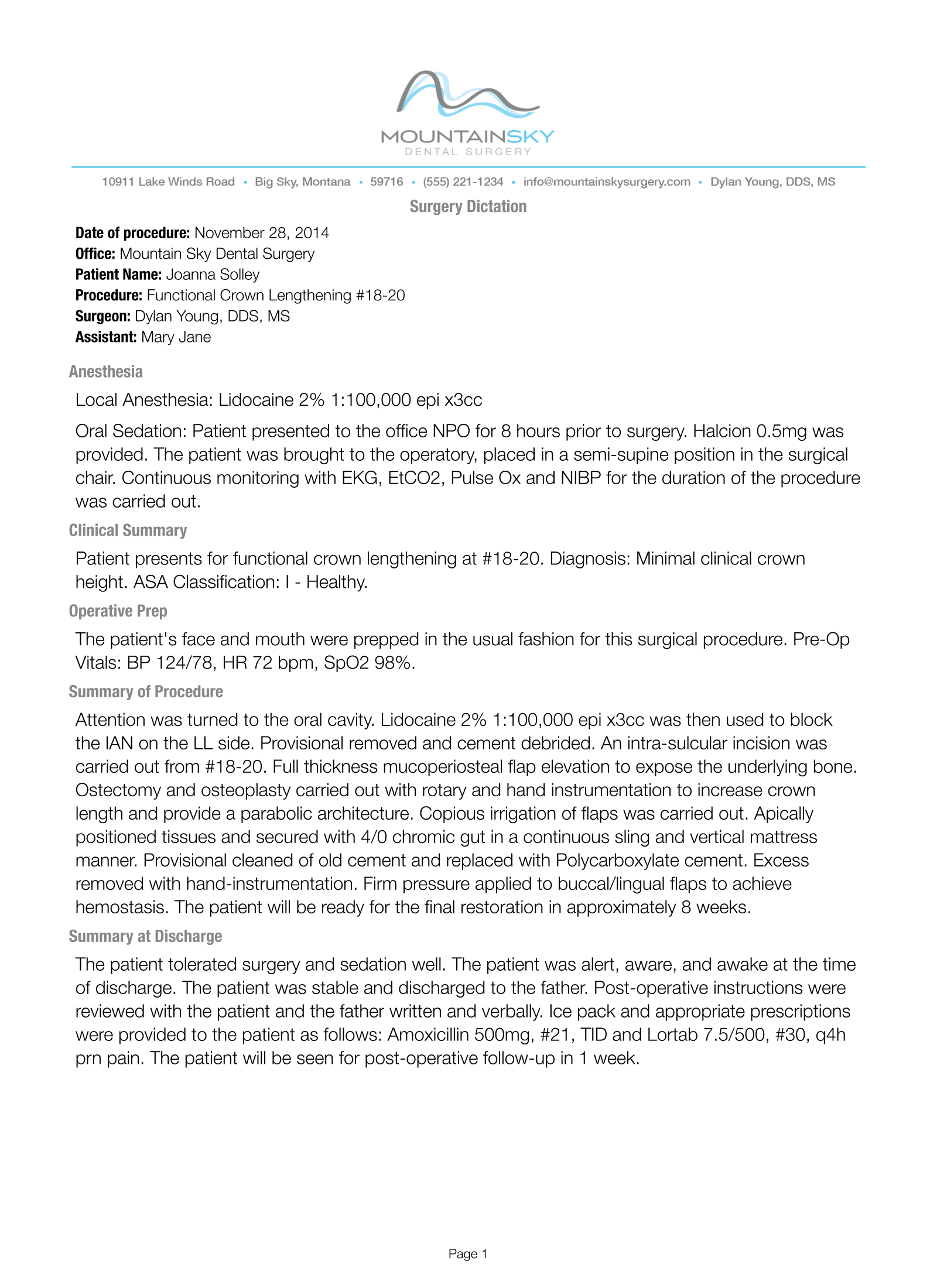
Dental insurance claim denials are soaring, leaving patients and providers scrambling for solutions. Improper or incomplete claim narratives are frequently cited as the primary culprit, demanding immediate attention and reform.
A dental narrative is a detailed written explanation accompanying a dental insurance claim, justifying the medical necessity of the procedure. Its absence or inadequacy can trigger claim rejections, adding financial burden and administrative headaches for everyone involved.
Common Pitfalls in Dental Narratives
Lack of Specificity
Many narratives fail to provide sufficient detail about the patient's condition. Generalized descriptions like "patient had pain" are often insufficient.
Instead, a narrative must clearly state the location, duration, and intensity of the pain, as well as its impact on the patient's daily life.
For instance, for a root canal, stating "Severe, throbbing pain in tooth #30, preventing sleep and chewing" is more effective.
Missing Diagnostic Information
Failure to include relevant diagnostic findings is a frequent error. Simply stating a diagnosis without supporting evidence is often rejected.
Narratives must explicitly reference radiographs, periodontal charting, and clinical examination findings that support the need for treatment.
An example: "Radiograph shows periapical radiolucency around tooth #19, consistent with apical periodontitis. Periodontal probing depths of 6mm on the distal aspect confirm periodontal involvement."
Insufficient Justification for Procedure Choice
Often, the rationale for selecting a particular treatment option is not clearly articulated. Insurers need to understand why a specific procedure was chosen over alternatives.
The narrative must explain why less invasive or less costly treatments were not suitable. Documenting failed attempts at other treatments is crucial.
For example, "Tooth #8 presented with a fractured crown extending subgingivally. Extraction and implant placement were deemed necessary due to the extent of the damage and the patient's desire for a permanent solution."
Examples of Effective Dental Narratives
Example 1: Crown Lengthening
Patient presented with a fractured tooth #14, extending 3mm subgingivally. Clinical examination revealed inadequate ferrule for crown retention.
Radiograph confirmed sufficient root length. Crown lengthening was performed to expose adequate tooth structure for a crown margin and ensure long-term success.
Without crown lengthening, the prognosis for crown retention would be poor, risking further decay and potential extraction.
Example 2: Bone Grafting
Following extraction of tooth #3, a significant bone defect was noted. Pre-operative CBCT scan demonstrated insufficient bone volume for implant placement.
A bone graft was performed using allograft material to augment the deficient ridge. This will create adequate bone support for a future dental implant.
Without bone grafting, implant placement would be impossible, and the patient would be limited to removable prosthetic options.
Example 3: Periodontal Scaling and Root Planing
Patient presented with generalized gingival inflammation, bleeding upon probing, and probing depths ranging from 5-7mm. Radiographs revealed moderate bone loss.
Scaling and root planing were performed to remove plaque and calculus from the tooth surfaces and root surfaces. This treatment aims to reduce inflammation, improve periodontal health, and prevent further bone loss.
Without this intervention, the patient is at high risk for progressive periodontal disease and eventual tooth loss.
Strategies to Improve Claim Approvals
Detailed Documentation
Thorough patient records are essential. Include detailed clinical notes, radiographs, periodontal charting, and photographs.
These records serve as the foundation for a compelling narrative.
Clear and Concise Language
Use precise and professional language. Avoid jargon or ambiguous terms.
Ensure the narrative is easy to understand for insurance reviewers.
Pre-authorization
Whenever possible, seek pre-authorization for complex or expensive procedures. This allows for review of the treatment plan and justification before treatment begins.
This process helps to identify potential issues and avoid claim denials.
Training and Education
Dental teams should receive ongoing training on proper documentation and narrative writing techniques.
Understanding insurance guidelines and requirements is crucial for successful claim submissions.
Impact of Denials and Appeal Process
Rejected claims increase costs for patients and reduce practice revenue. This leads to treatment delays and dissatisfaction.
Appealing a denied claim is possible but time-consuming. You must provide additional documentation and justification.
Many patients abandon treatment because of the administrative burden.
Ongoing Developments
The ADA (American Dental Association) and other professional organizations are advocating for standardized claim submission guidelines. This move will promote greater transparency and efficiency.
The goal is to minimize claim denials due to preventable errors. It will benefit dentists and patients.
Patients and providers are urged to proactively address dental narrative quality. Improve dental health and ensure fair insurance coverage.

